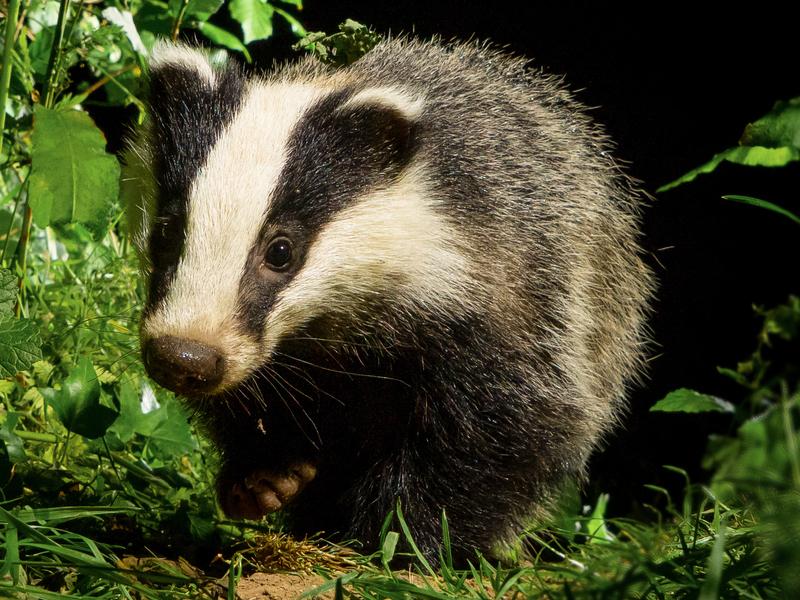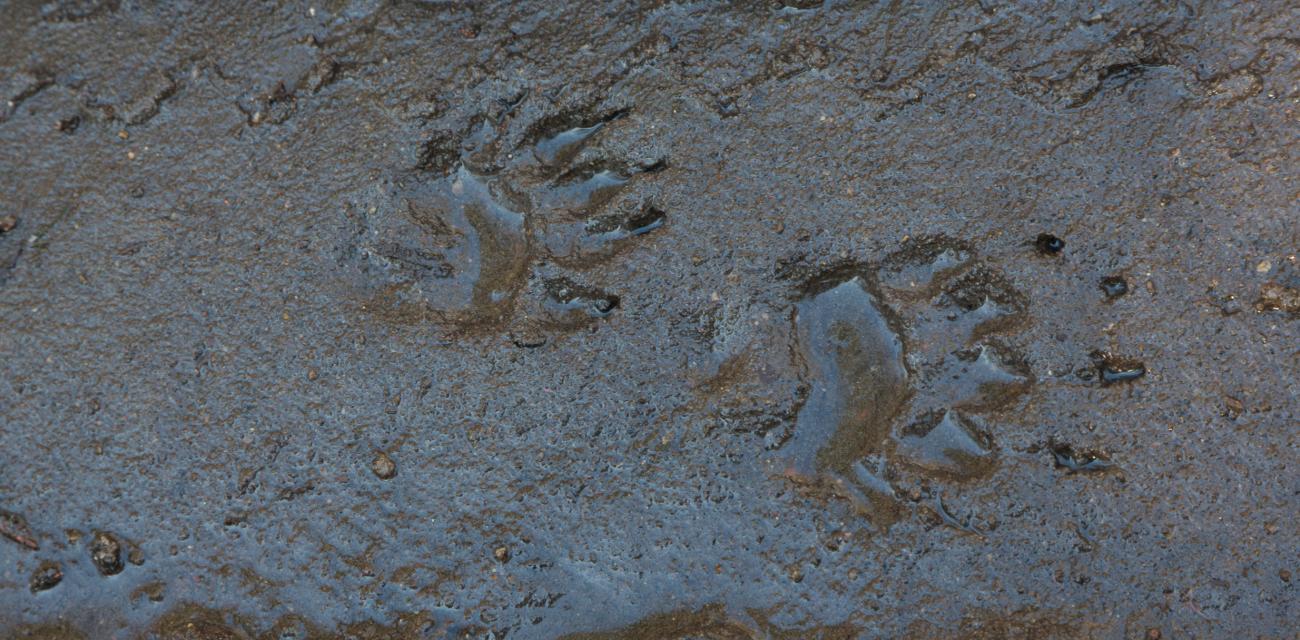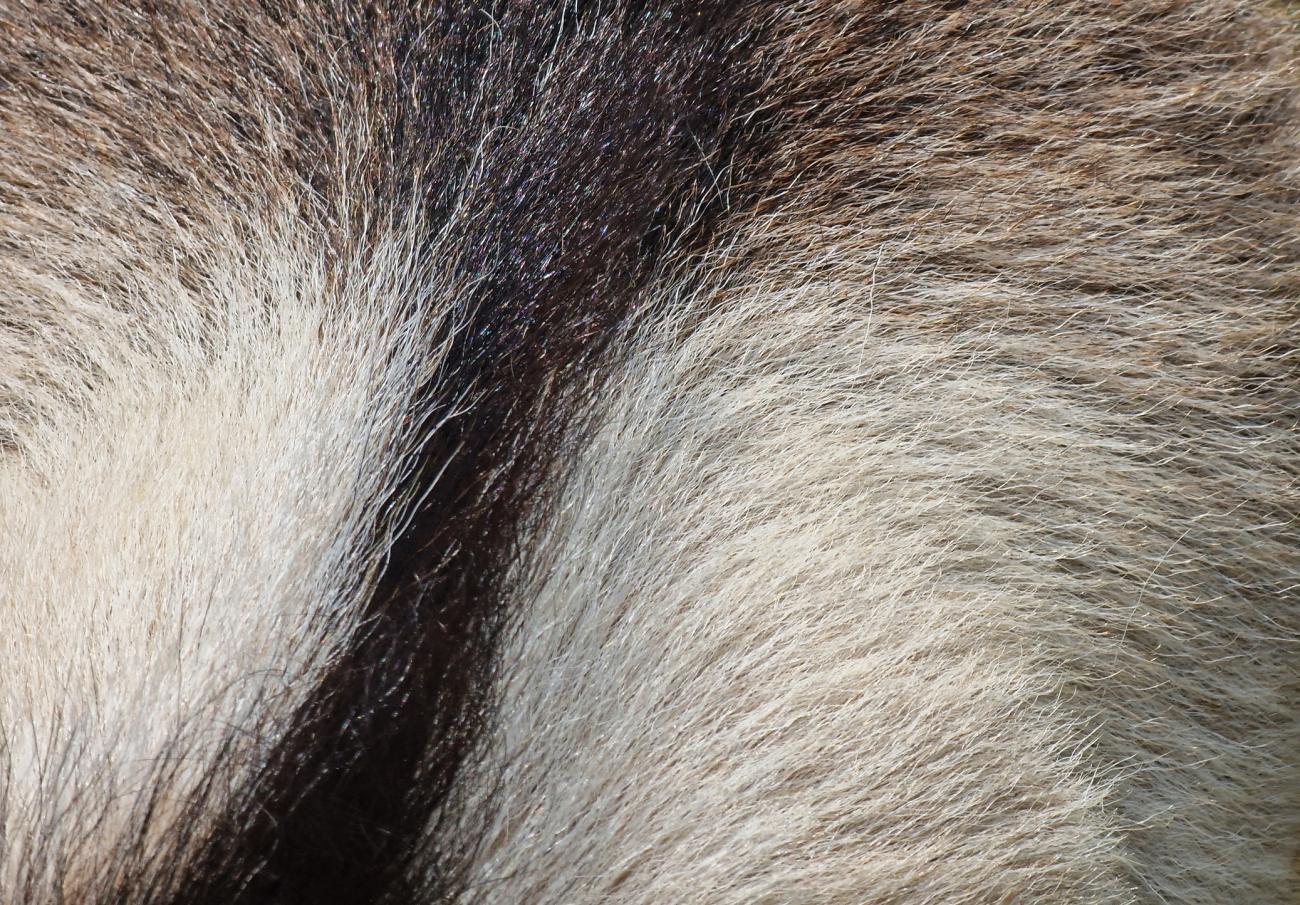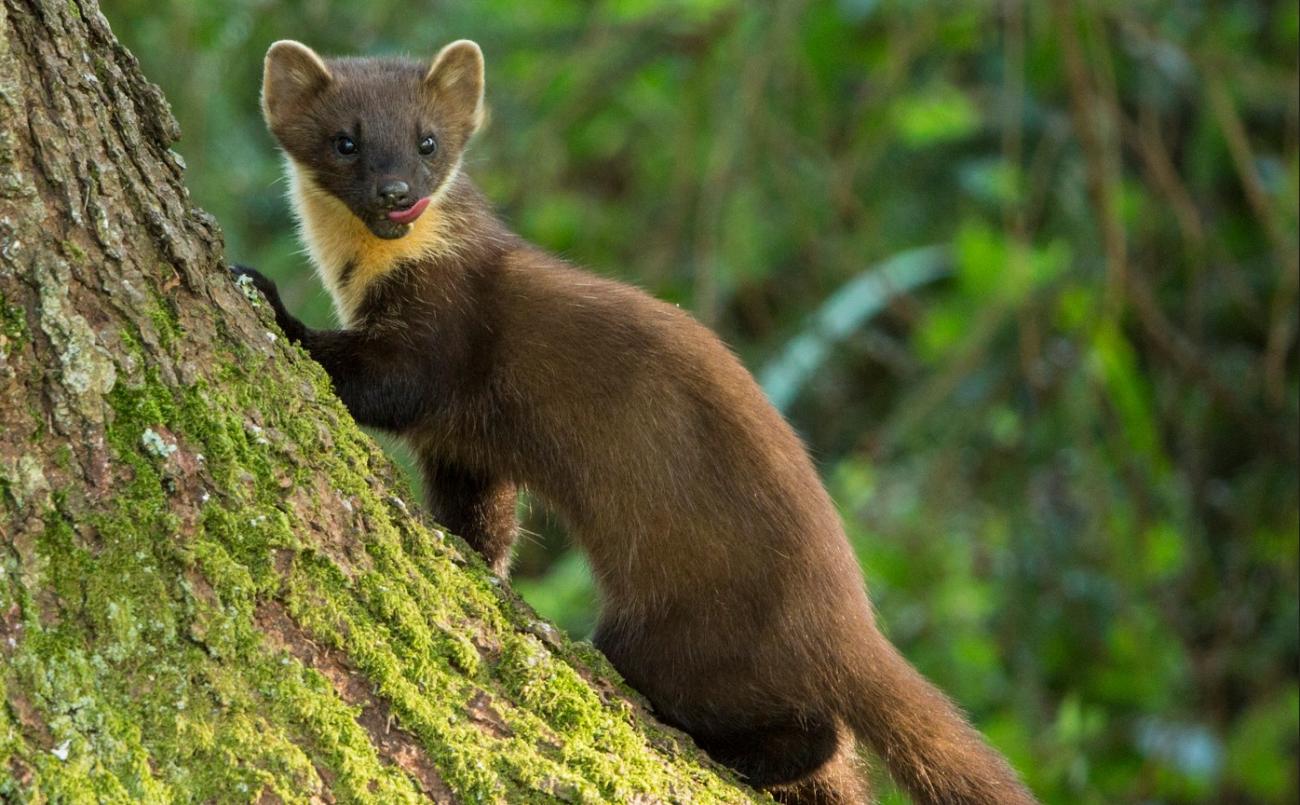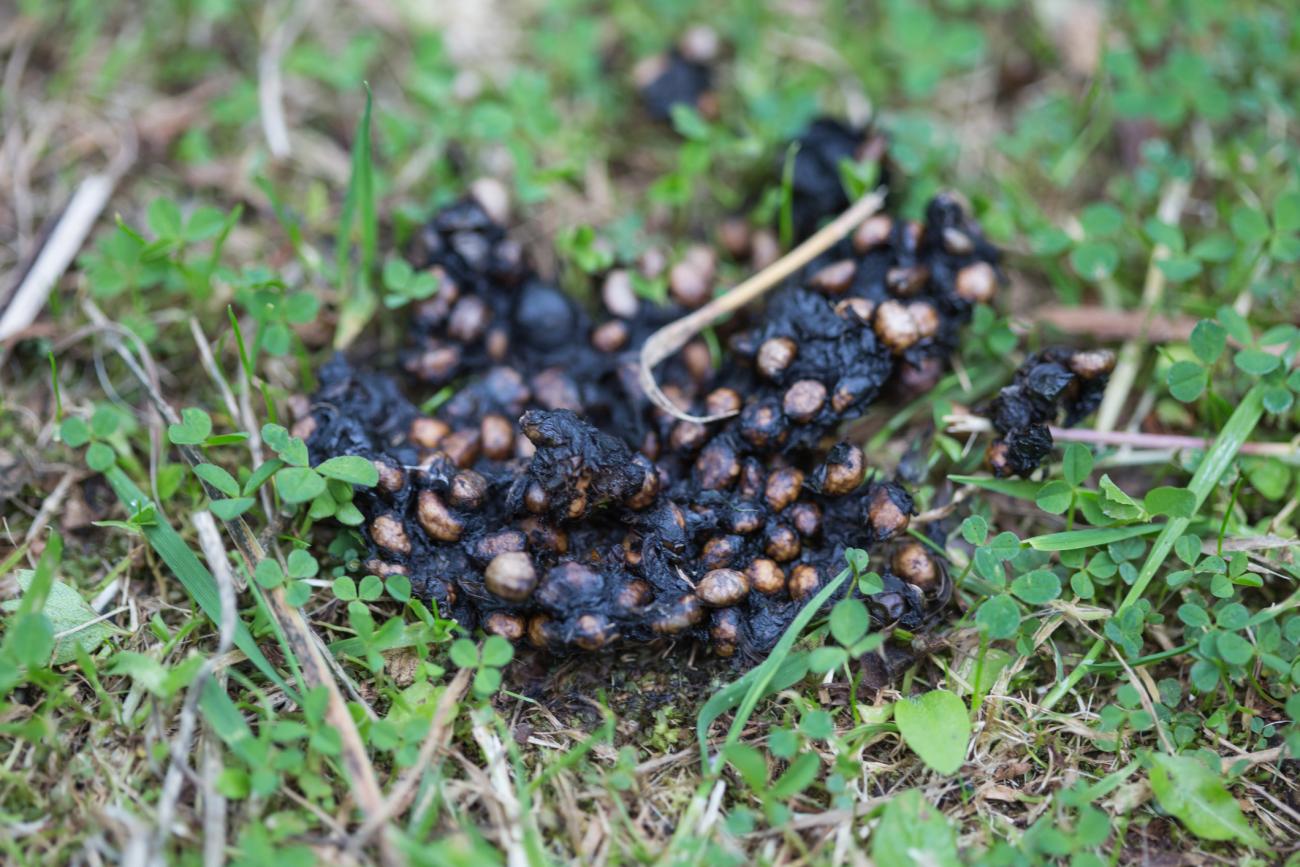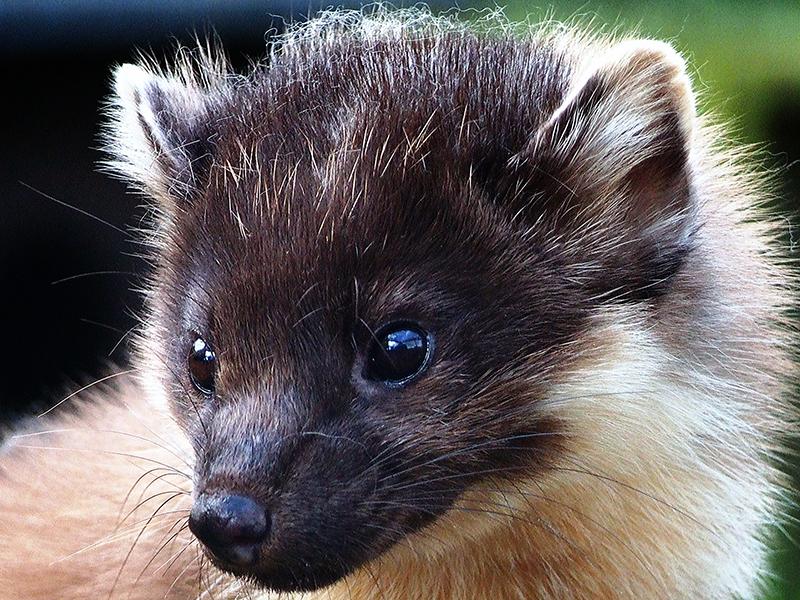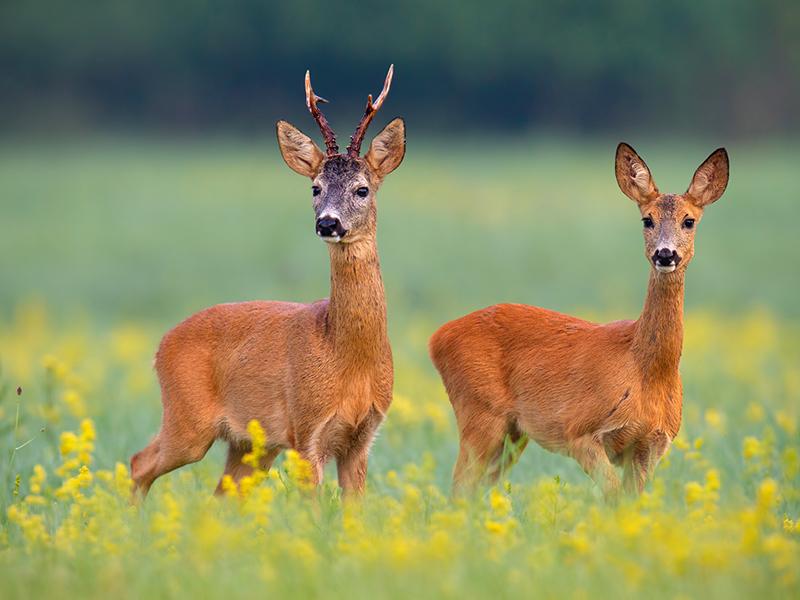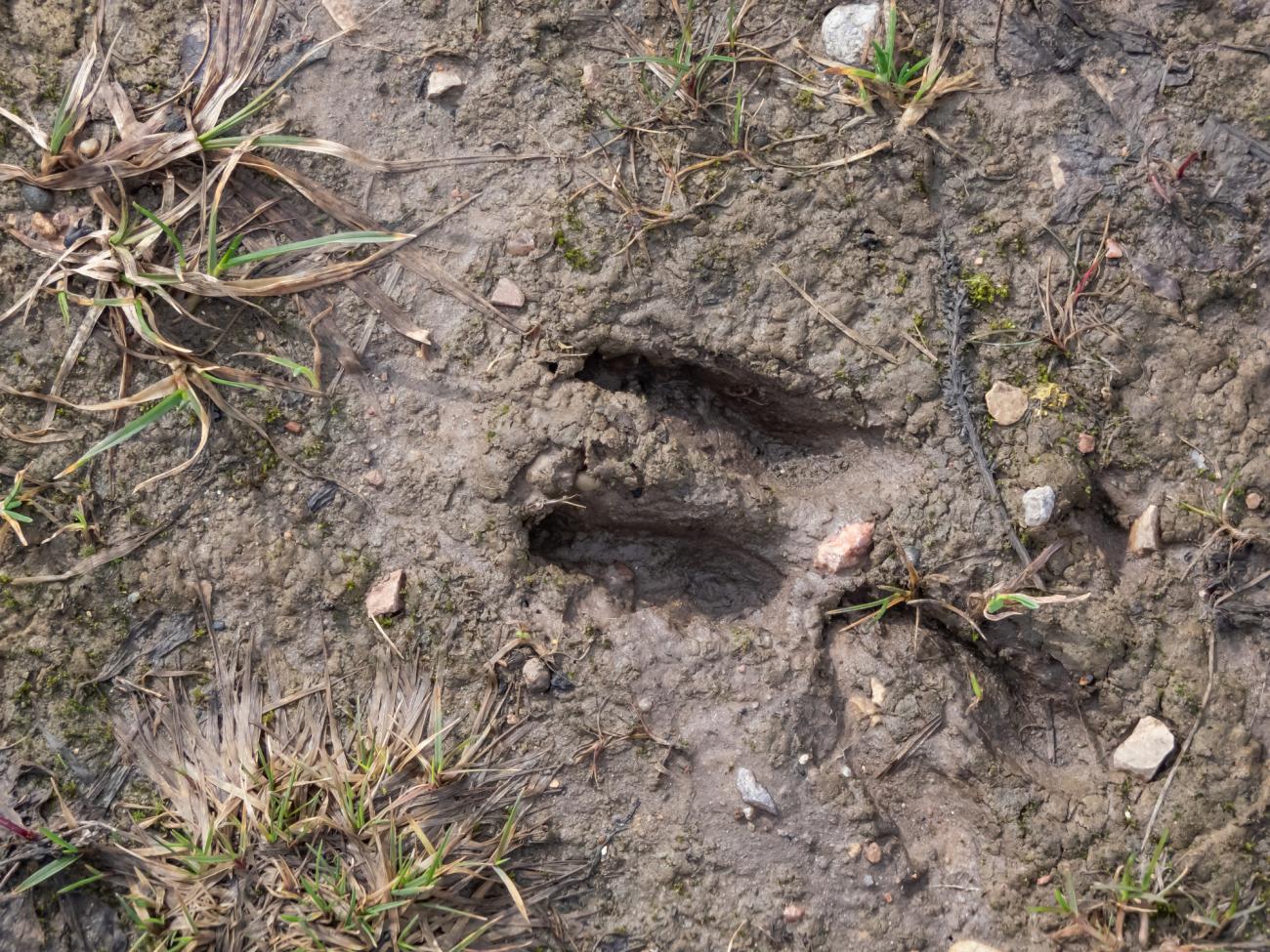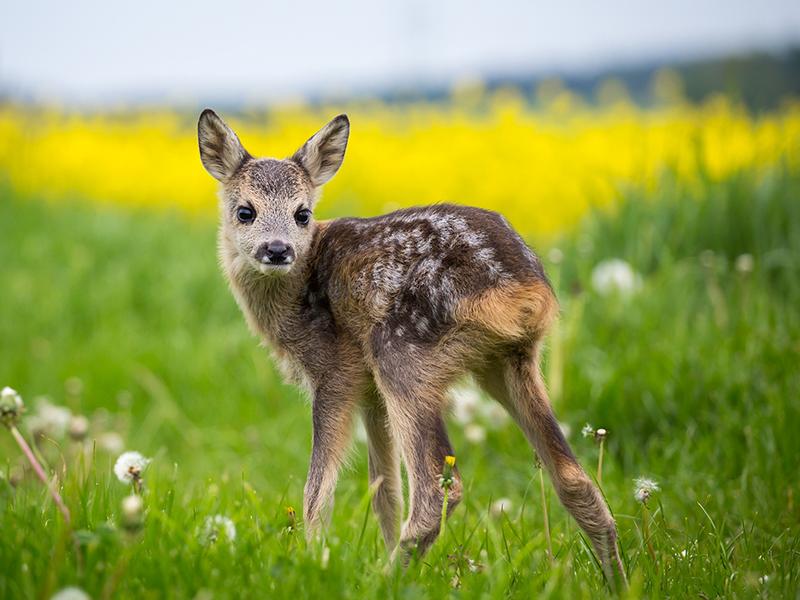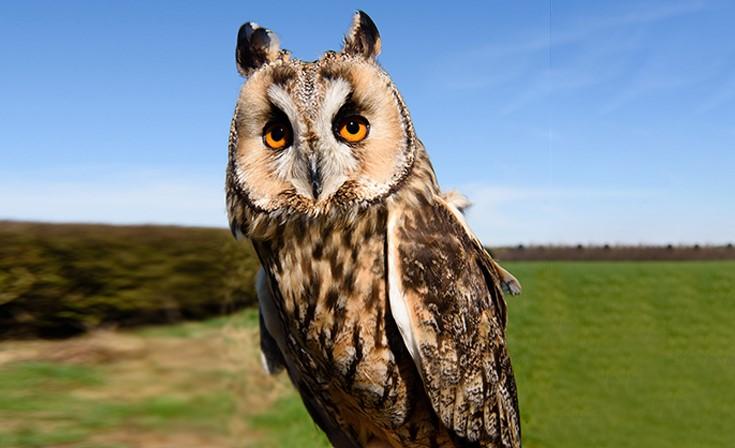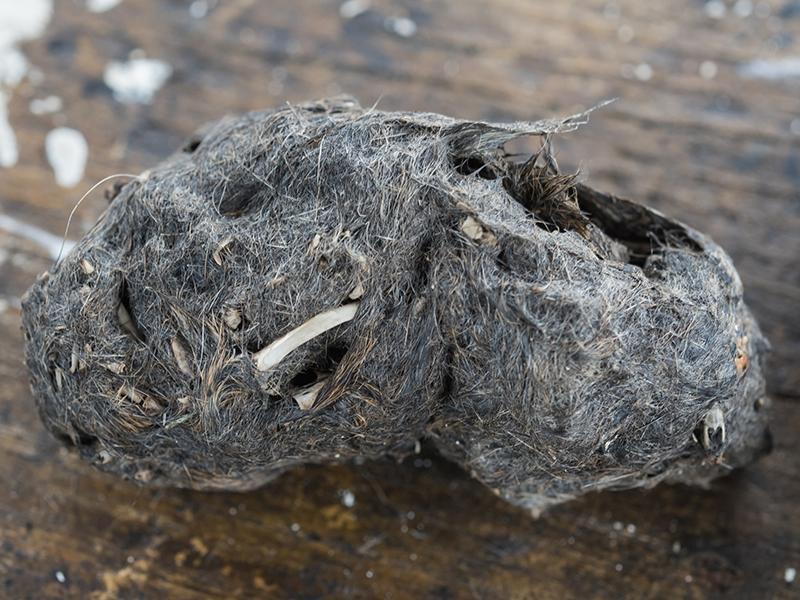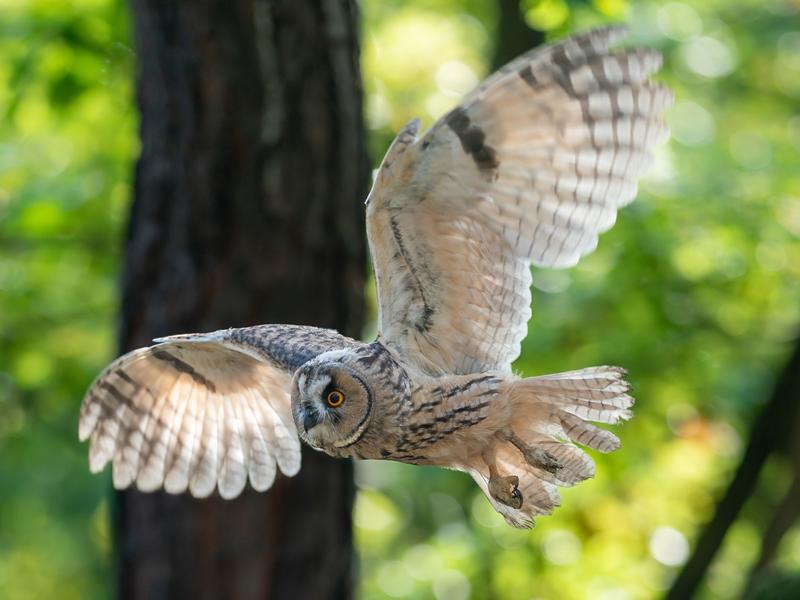You will probably recognise a badger their black and white-striped faces make them easy to identify, but badgers are nocturnal, so you’d be lucky to see one during the day. However, when you are out and about you might just spot the entrance to their underground network of tunnels and burrows known as ‘setts’ in the shelter of our woodlands. Badgers dig these tunnels out using their claws that are extremely powerful.
To get the energy for all that hard work badgers come out at dusk to look for food in fields and meadows. 80% of a badger’s diet is made up of earthworms - they can eat hundreds of them in a single night! When earthworms aren’t available the badger is not a fussy eater, they are omnivores, which means they will eat both plants and other animals including slugs.
